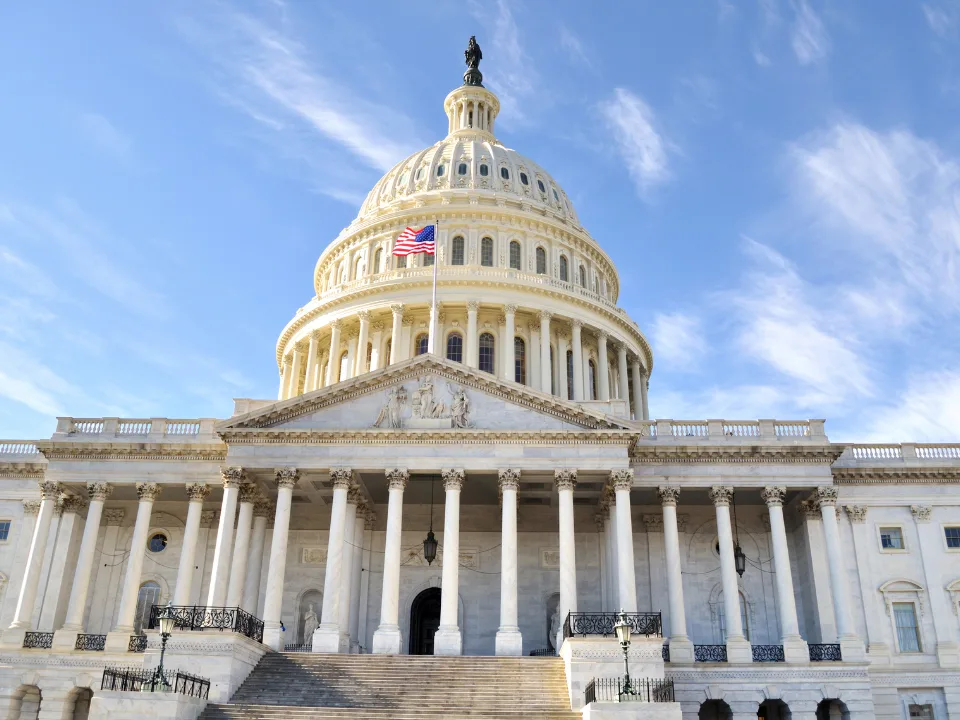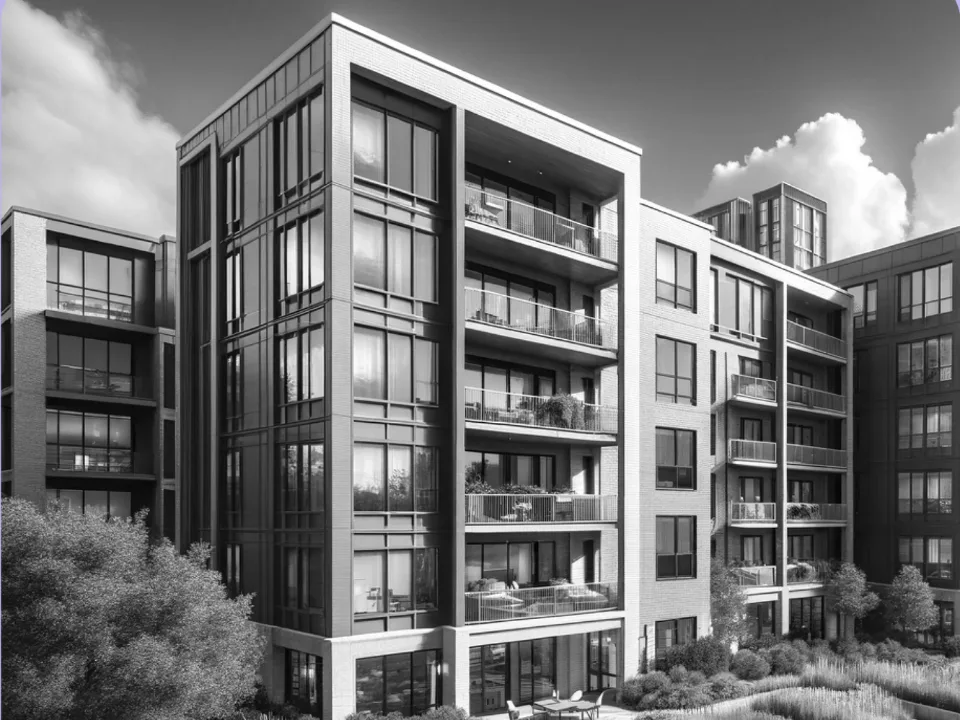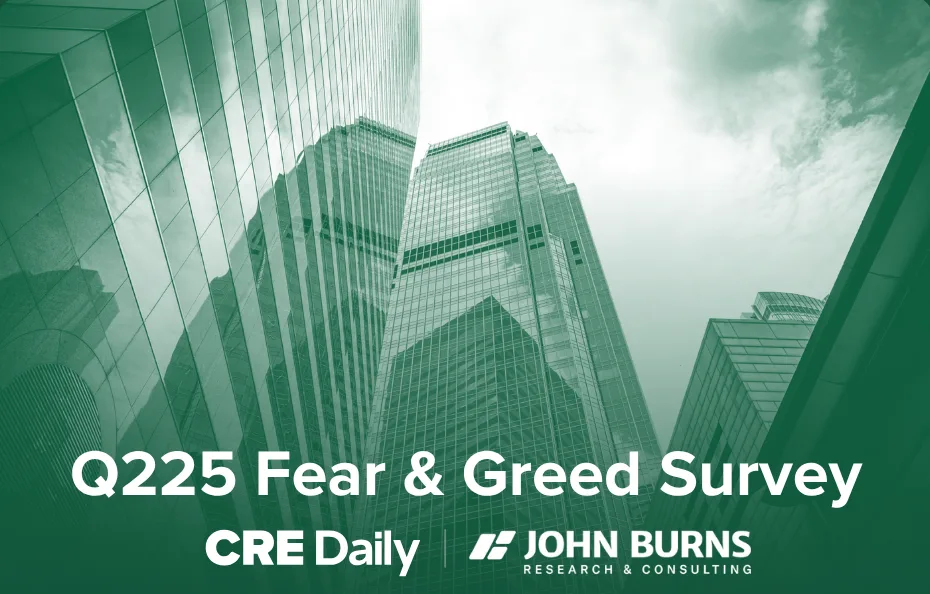Landlords Under Pressure as Insurance Costs Skyrocket
Landlords are wrestling with skyrocketing insurance costs amid declining property values and rental income, forcing them to make tough decisions about coverage.
Good morning. Landlords are facing challenges as building values and rental income decrease, while expenses continue to escalate. A proposed bill seeks to amend the tax code, aiming to ease the tax burden on CRE borrowers during loan modifications or debt workouts. Meanwhile, the North Texas industrial market shows signs of cooling.
Today’s issue is brought to you by BetterPitch. Outsource your pitch deck with the agency behind $2.5B in funding.
👋 First time reading? Sign up here
Market Snapshot
|
|
||||
|
|
*Data as of 9/26/2023 market close.
COSTLY COVERAGE
Landlords Under Pressure as Insurance Expenses Skyrocket

Landlords are in a bind with building values, rental income down while expenses keep rising (WSJ)
Landlords are wrestling with skyrocketing insurance costs amid declining property values and rental income, forcing them to make tough decisions about coverage or face financial strain in the face of intensifying natural disasters and rising premiums.
Costly crisis: Insurance costs have gone up an average of 7.6% per year since 2017, leading to additional expenses and potentially eroding profits. Insurance premiums are rising, with Dallas reporting an annual increase of 14.4%, LA at 13%, and Houston at 12.6%, making it challenging for owners to secure coverage. Since insurance contracts typically renew annually, many property owners are forced to either accept higher premiums or go without insurance.

Risky business: According to CoStar, property sales of $25M or more have fallen 79% since late 2021 due in part to rising insurance costs. Apartment landlords, in particular, are grappling with high insurance expenses, leading some to seek higher deductibles in order to lower annual costs while taking on more risk. Worsening natural disasters, increased reinsurance costs, and ongoing inflation all contribute to higher insurance rates, disproportionately affecting rental apartment owners who can’t easily pass on costs to tenants.
Banking on insurance: Some property owners are attempting to reduce their coverage, arguing that the full cost of rebuilding isn’t necessary, especially when rising costs threaten financial stability. While some banks are open to this idea, others still insist on full coverage, even when higher insurance costs mean revenues can no longer cover expenses and debt payments. In one case, Three Pillars Capital Group sued its lender for breach of contract and fiduciary duty, alleging that the lender forced them to obtain unnecessarily costly insurance, leading to financial difficulties due to soaring premiums.

➥ THE TAKEAWAY
Tough choices ahead: The surge in insurance premiums adds to the financial strain already imposed by high rates and rising vacancies. Rising premiums impact bottom lines, making it challenging to remain profitable. As a result, property owners face tough decisions, including potentially passing on higher costs to tenants or accepting higher deductibles as the market roils its way through ongoing challenges.
TOGETHER WITH BETTERPITCH
Focus on your deal, not your deck
BetterPitch is the leading pitch deck design agency that helps you close more deals. From raising a fund to upgrading your investor updates, BetterPitch has you covered.
With in-house analysts and designers, BetterPitch conducts all market research, copywriting, and design of your deck. With a primary focus on private equity, BetterPitch guarantees institutional-grade presentations, saving clients time and maximizing their potential returns.
Exclusive offer for CRE Daily subscribers: BetterPitch is offering CRE Daily subscribers priority for crafting a corporate overview pitch deck to showcase their track record and investment strategy to capital partners. Apply here.
*Past performance is not indicative of future results. This post contains sponsored content.
PENDING POLICY
New House Bill Eyes Tax Relief for Commercial Real Estate Debt Restructurings

The Capitol Building In Washington, D.C. Photo: Beata Za of Getty Images
A proposed bill in the U.S. House of Representatives seeks to amend the tax code, aiming to ease the tax burden on CRE borrowers during loan modifications or debt workouts.
Bill details: H.R. 5580, presented in the House by Representatives Claudia Tenney and Brian Higgins and co-sponsored by Representatives Mike Lawler and Pat Ryan, aims to reduce the tax burden on commercial real estate borrowers during loan modifications. This modification to Section 108(a)(1) of the tax code is designed to contribute to the stability of the post-pandemic commercial real estate market through the provision of tax reliefs in instances of debt restructuring. The legislation centers on the existing cancellation of debt (COD) income policy, categorizing debt forgiveness as taxable.
Between the lines: Jeffrey DeBoer, CEO of Real Estate Roundtable, expressed that public policy has traditionally supported the restructuring of untenable loans to aid business recovery and help taxpayers regain stability. “The full economic impact of the pandemic on commercial real estate is still emerging,” DeBoer said, highlighting the increased stress on assets like office buildings due to shifts like remote work. He emphasized that debt resolutions between lenders and borrowers are crucial, ensuring the continued economic contribution of these properties.
➥ THE TAKEAWAY
Tax relief necessity: The imminent maturation of $1.5 trillion in commercial real estate debt between 2023 and 2025 highlights the urgent need for the Tenney-Higgins bill. This legislation, still in preliminary stages, proposes a solution to anticipated widespread defaults by potentially easing tax burdens during debt resolutions, aiming to stabilize the economy through mutual benefits for lenders and borrowers amidst expected market disruptions. However, its enactment depends on subsequent Senate and Presidential approvals.
COOLING OFF
Slower Leasing, Development Challenges Hit North Texas Warehouses

The Dallas Morning News
The scorching North Texas industrial property market, which enjoyed rapid growth due to supply chain shifts and the growth of e-commerce, is losing steam as warehouse leasing slows and financing hurdles impede new developments.
Boom and bust: DFW saw a significant surge in industrial building activity since the beginning of the pandemic, driven by changes in supply chains and the growth of e-commerce. However, recent data shows a 20% decrease in net leasing in DFW in Q2 compared to last year. Industrial leasing dropped by over 40% nationwide in the same period. However, DFW still led the country in total industrial building absorption for 1H23, with over 14MSF net leasing.
Cautious tenants: Industrial building users, including retailers like Amazon (AMZN), have grown cautious about expanding warehouse space after aggressive growth in late 2020 and early 2021. This caution poses a potential challenge for developers in DFW, where warehouse construction is underway. While tenants are still interested, the demand is not as robust as in previous years, leading developers to exercise prudence in launching new projects.
Resilient rents: High mortgage costs and stricter lender underwriting standards are expected to limit new industrial projects in DFW. Industrial vacancies in the region have risen to 7%, up from 5% a year ago, while the national average is around 4%. Despite these challenges, warehouse rents remain strong, increasing by approximately 19% YoY to over $7 PSF. Investors continue to show interest in DFW warehouses, with nearly $1.6B in transactions during the 1H23.
➥ THE TAKEAWAY
Market dynamics: While DFW’s industrial market may be moderating, it remains a significant player in the national landscape. Developers are adjusting to a more balanced market, where cautious tenants and financing constraints will likely impact future projects. However, resilient rental rates and continued investor interest suggest that the region’s industrial real estate sector remains attractive.
AROUND THE WEB
📖 Read: Elite membership clubs with private spaces with luxurious amenities have grown more popular since the pandemic. But the growing number of clubs could lead to oversaturation and overpricing, as membership fees range from $15,000–$100,000 annually.
🎧 Listen: In this episode of The TreppWire Podcast, Ethan Penner, the pioneer of CRE finance and creator of CMBS in the 1990s, shares insights on lessons learned in CRE, including the S&L crisis, market entry precautions, the GFC, CMBS origins, and more.
✍️ DAILY PICKS
-
Returns over family: In response to market challenges, family offices are prioritizing investment returns over fostering family unity and continuity.
-
That was fast: A 29-unit building in San Francisco has gone under contract in just 8 days, likely becoming the first multifamily property in the city to sell for over $10M this year.
-
Build-to-rent: DC developer Foulger-Pratt is entering the BTR market with five projects valued at $250M and plans to add 1,000 more units in the next two years.
-
Closing soon: Rite Aid (RAD) may close 400–500 stores as part of its bankruptcy amid financial struggles and legal challenges related to unlawful prescription filling for controlled substances.
-
Charging forward: The rising popularity of EVs in South Florida poses challenges for developers and owners who have to adapt to the growing demand for EV chargers.
-
Mall transformation: Unibail-Rodamco-Westfield (URW) intends to convert its flagship New Jersey mall, adding 1,400 residential units and street-level retail to create a modern, mixed-use community.
-
Health hub: Developer Camilo Lopez’s Black Salmon is partnering with Allen Morris Company to develop a $1B mixed-use project in the Miami Health District.
-
Flexible future: Flexible and hybrid work has become the norm for Boston’s largest employers due to ongoing talent shortages, cost-saving measures, and the desire for employee engagement.
-
Retail redevelopment: The Austin City Council has approved a $1B redevelopment project for the aging Brodie Oaks shopping center, which will transform it into a mixed-use district with office space, residential units, restaurants, and retail space..
-
Shrinking savings: According to the Fed, the bottom 80% of Americans by income have depleted their pandemic savings, with lower bank deposits and liquid assets in June 2023 compared to March 2020.
-
Rebound roadblock: The surge in US manufacturing reshoring and nearshoring is hindered by a shortage of suitable real estate, as only 80MSF of manufacturing is currently under construction.
-
Debt default: Landmark View has defaulted on a $26M loan, leading to the pre-foreclosure of an assisted living facility in LA’s San Fernando Valley.
-
Safe haven: According to experts, the housing market is not likely to crash due to high demand, low inventory, strict lending standards, demographic trends, and muted foreclosure activity.
📈 CHART OF THE DAY
Markets with a higher percentage of assets in the red tend to experience greater liquidity declines, as evidenced by London’s 20% decrease in Capital Liquidity Score and the reluctance of owners to sell lower-quality buildings at a loss, with similar loss aversion patterns observed in other markets like San Francisco.
What did you think of today’s newsletter? |
📣 HIT THE INBOX OF 65K+ CRE PROFESSIONALS
Advertise with CRE Daily to get your brand in front of the Who’s Who of commercial real estate. Subscribers are high-income decision-makers, investors, and C-suite executives. For more information, please email [email protected].





















